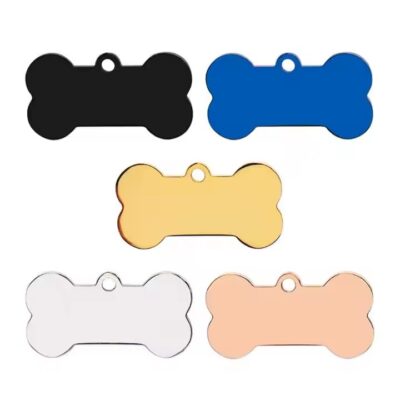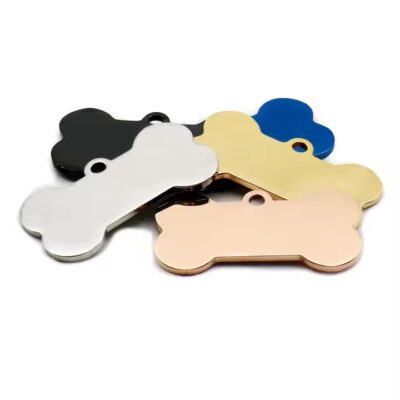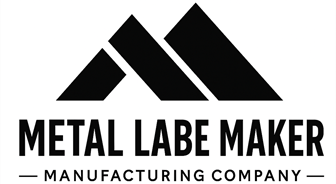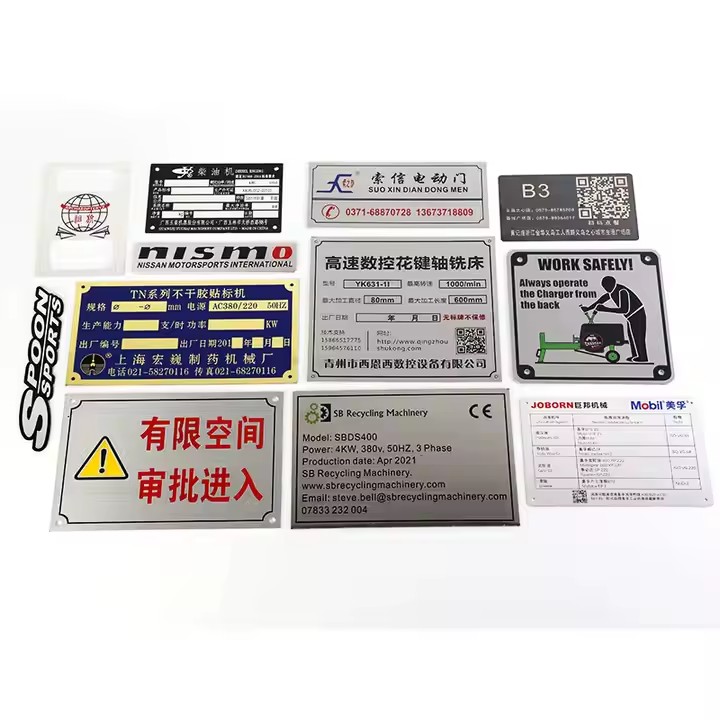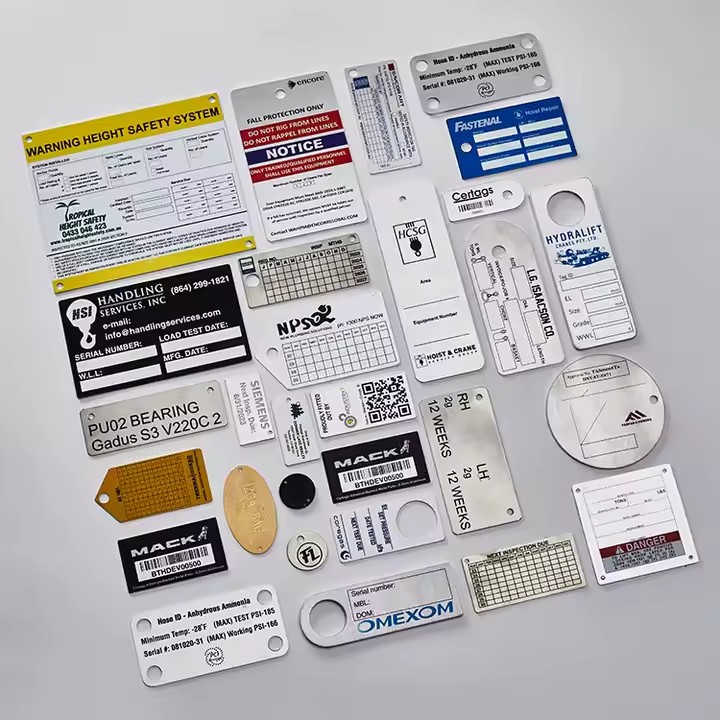Comprehensive Overview of Stainless Steel Label Manufacturing Process
Stainless steel labels are valued for their strength, resistance to corrosion, and ability to withstand extreme environments. These labels are widely used in industrial, medical, marine, automotive, and commercial sectors. But what exactly goes into making a stainless steel label?
In this article, we present a step-by-step overview of the stainless steel label manufacturing process—from raw material selection to finishing and packaging.
1. Material Selection
The first step in manufacturing stainless steel labels is choosing the appropriate stainless steel grade, depending on the intended use.
Common grades used:
-
304 Stainless Steel – Excellent corrosion resistance; general-purpose.
-
316 Stainless Steel – Superior resistance to harsh chemicals and saltwater; used in marine and chemical industries.
-
430 Stainless Steel – More affordable; suitable for dry indoor applications.
Material thickness typically ranges from 0.3 mm to 1.5 mm, depending on application requirements.
2. Cutting the Base Material
Large stainless steel sheets are cut into label-sized blanks using high-precision tools such as:
-
Laser cutting
-
CNC punching
-
Water jet cutting
Laser cutting is particularly popular for its precision and ability to create intricate shapes or holes for mounting.
3. Surface Preparation
Before printing or engraving, the surface must be properly treated to ensure clean, high-contrast results.
Common surface treatments include:
-
Brushing – Creates a matte, textured finish.
-
Polishing – Produces a shiny, reflective surface.
-
Sandblasting – Adds texture and enhances ink or coating adhesion.
-
Degreasing/Cleaning – Removes oil, dust, or oxidation.
These treatments also enhance the appearance and provide resistance to fingerprints and wear.
4. Customization and Marking
At this stage, the label is customized with logos, text, serial numbers, QR codes, or barcodes using one of the following techniques:
a. Laser Engraving
-
Most durable option; marks are permanent and resistant to fading.
-
Ideal for industrial settings.
b. Etching (Chemical or Electrolytic)
-
Creates deep, long-lasting marks by removing material layers.
-
Often used for large-volume production.
c. Screen Printing
-
Applies ink to the surface; suitable for colored logos or graphics.
-
Requires protective coatings for outdoor durability.
d. Embossing or Debossing
-
Raises or indents the metal to form characters or graphics.
-
Adds tactile and visual appeal.
5. Optional Coatings and Finishes
Depending on the environment the label will be used in, manufacturers may apply:
-
Clear protective coatings (anti-scratch, anti-corrosion)
-
UV-resistant layers (for outdoor applications)
-
Color anodizing or tinting (though less common for stainless steel)
These finishes enhance both durability and appearance.
6. Punching, Drilling, and Shaping
To prepare the label for mounting, holes may be punched or drilled for:
-
Screws
-
Rivets
-
Cable ties
-
Adhesive backing application
Labels may also be bent or formed to fit curved surfaces.
7. Quality Inspection
Before shipping, labels go through a thorough quality control process, checking for:
-
Accuracy of dimensions
-
Clarity and durability of text/graphics
-
Surface finish consistency
-
Adhesion of coatings or inks
High-end suppliers often offer custom inspection reports and compliance certification upon request.
8. Packaging and Delivery
Finally, labels are:
-
Cleaned and polished (if needed)
-
Packed with protective layers (such as foam or anti-scratch film)
-
Labeled and shipped according to customer order and industry standards
Custom packaging may be used for bulk orders or delicate surface finishes.
Conclusion
The manufacturing process of stainless steel labels is a precise and multi-step procedure, ensuring long-lasting durability, chemical resistance, and aesthetic customization. From selecting the correct stainless steel grade to applying permanent markings, every stage is critical to delivering high-performance labeling solutions for industrial and commercial use.
Whether you’re sourcing for marine, medical, industrial, or branding applications, understanding this process will help you choose the right product and supplier with confidence.
